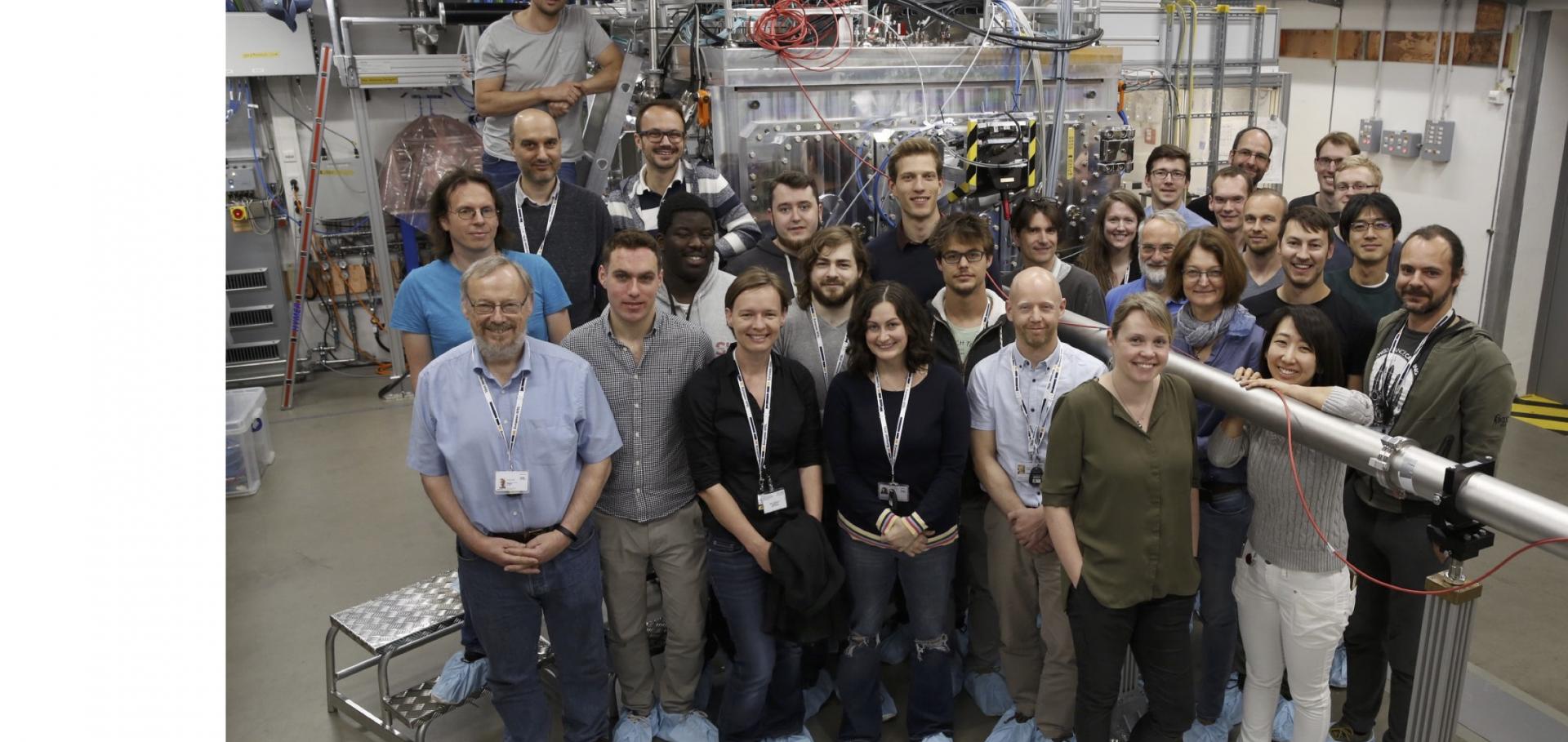Strength of Shock-Loaded Single-Crystal Tantalum [100] Determined using in Situ Broadband X-Ray Laue Diffraction
Physical Review Letters 110:11 (2013)
Abstract:
The strength of shock-loaded single crystal tantalum [100] has been experimentally determined using in situ broadband x-ray Laue diffraction to measure the strain state of the compressed crystal, and elastic constants calculated from first principles. The inferred strength reaches 35 GPa at a shock pressure of 181 GPa and is in excellent agreement with a multiscale strength model, which employs a hierarchy of simulation methods over a range of length scales to calculate strength from first principles. © 2013 American Physical Society.Direct measurement of time-dependent density-density correlations in a solid through the acoustic analog of the dynamical Casimir effect
(2013)
Femtosecond visualization of lattice dynamics in shock-compressed matter
Science 342:6155 (2013) 220-223
Abstract:
The ultrafast evolution of microstructure is key to understanding high-pressure and strain-rate phenomena. However, the visualization of lattice dynamics at scales commensurate with those of atomistic simulations has been challenging. Here, we report femtosecond x-ray diffraction measurements unveiling the response of copper to laser shock-compression at peak normal elastic stresses of ∼73 gigapascals (GPa) and strain rates of 109 per second. We capture the evolution of the lattice from a one-dimensional (1D) elastic to a 3D plastically relaxed state within a few tens of picoseconds, after reaching shear stresses of 18 GPa. Our in situ high-precision measurement of material strength at spatial (<1 micrometer) and temporal (<50 picoseconds) scales provides a direct comparison with multimillion-atom molecular dynamics simulations.Molecular dynamics simulations of shock-induced deformation twinning of a body-centered-cubic metal
PHYSICAL REVIEW B 88:10 (2013) ARTN 104105
Resonant Kα spectroscopy of solid-density aluminum plasmas
Physical Review Letters 109:24 (2012)


